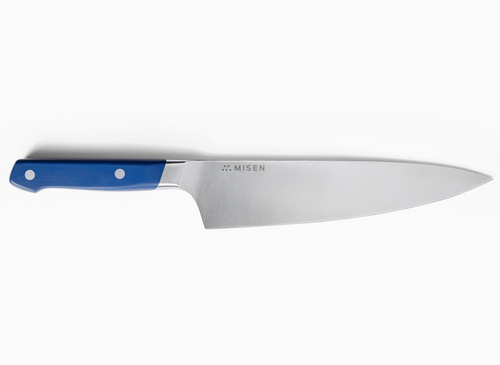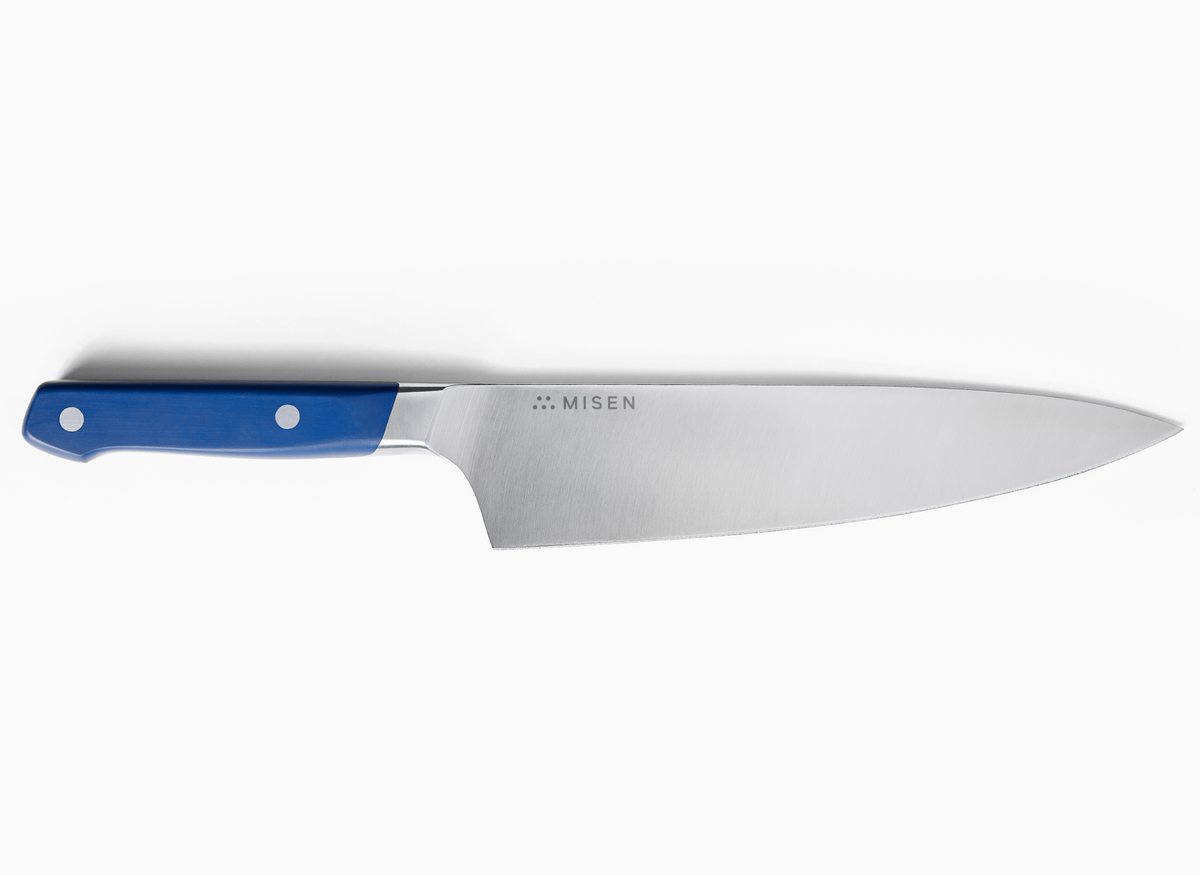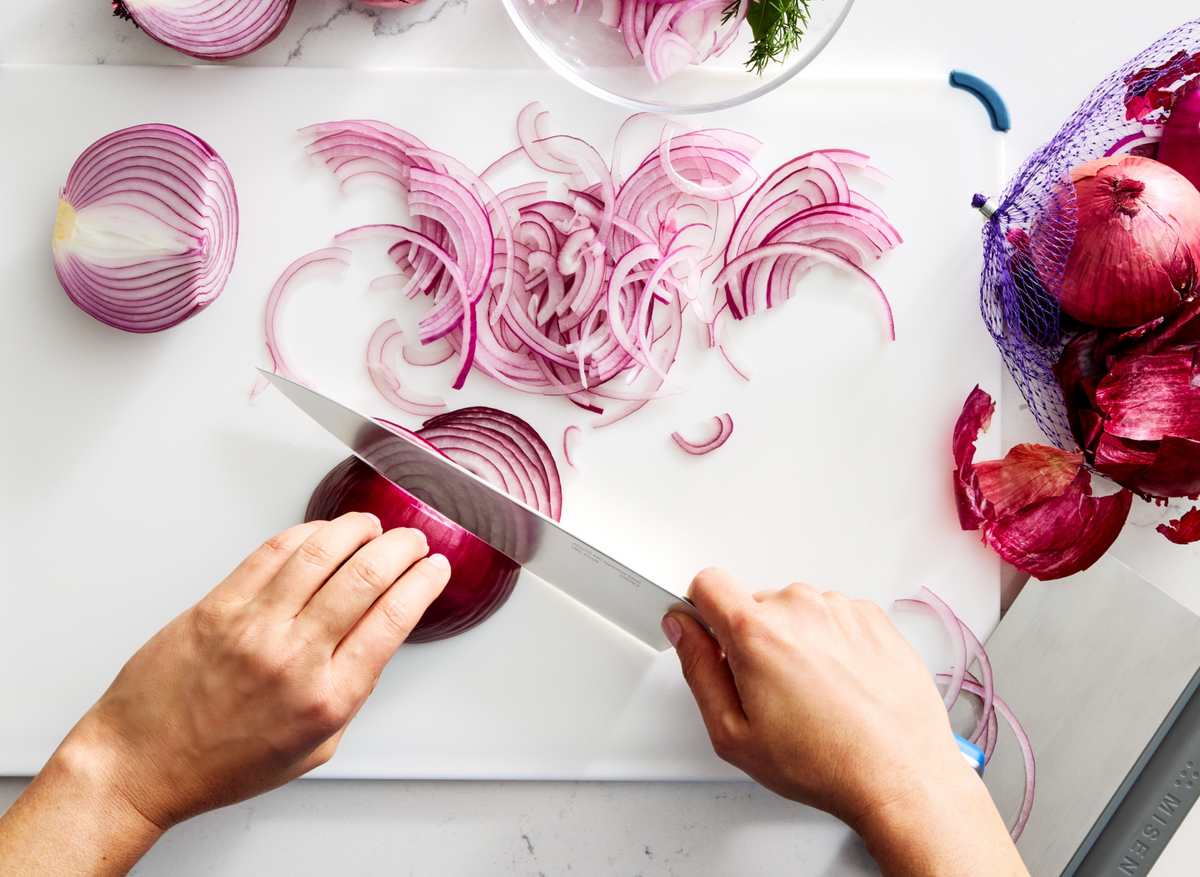What is a Dutch Oven, Exactly?

What is a Dutch Oven, Exactly?Dutch ovens are versatile, heavy-duty cooking pots known for their excellent heat retention and distribution. With a rich history dating back to the 17th century, these kitchen workhorses have evolved to become indispensable tools for both home cooks and professional chefs alike.
What is a Dutch Oven?
Definition and basic characteristics
A Dutch oven is a culinary powerhouse that combines versatility with durability. These cooking vessels are distinguished by their thick walls, tight-fitting lids, and typically round shape. Most commonly crafted from cast iron, which can be bare or enameled, Dutch ovens are designed to excel in heat retention and distribution[1].
The robust construction of Dutch ovens makes them ideal for a wide range of cooking methods. With two sturdy handles for easy maneuvering and a lid that can often hold hot coals for outdoor cooking, these pots are as at home on a stovetop as they are over a campfire[1].
Dutch ovens come in various sizes, with the most popular being around five and a half quarts, suitable for feeding six to eight people. Their versatility extends from stovetop to oven use, allowing for techniques such as braising, stewing, frying, and even baking[2].
One of the standout features of enameled Dutch ovens is their ability to cook acidic ingredients without reactivity. This, combined with easier maintenance compared to their bare cast iron counterparts, has made them a favorite in many kitchens[2].
Historical origins and evolution
The Dutch oven's journey through history is as rich as the dishes it creates. Originating in the Netherlands during the early 17th century, these pots were born from advanced metal casting techniques that allowed for the creation of heavy cast-iron vessels with tight-fitting lids[3].
In 1704, an Englishman named Abraham Darby traveled to Holland to study Dutch brass casting methods. Upon returning to England, he patented an improved casting process using dry sand molds, which he applied to iron pots. These pots were then shipped to the American colonies, potentially giving rise to the name "Dutch oven"[4].
As Dutch settlers brought their cast-iron cookware to America, it gained popularity among pioneers and settlers due to its durability and versatility. The design evolved over time, with notable improvements including the addition of legs to hold the oven above coals, a flanged lid to keep coals on top, and a bail handle for easy carrying[1].
Paul Revere, known for his midnight ride, also left his mark on culinary history by designing the flat lid with a ridge for holding coals and adding legs to the pots[1]. As the Dutch oven's popularity grew, it became an essential tool for westward expansion, used by mountain men, chuck wagons on cattle drives, and even Lewis and Clark during their expedition[1].
Common materials and construction
When it comes to Dutch ovens, the material and construction play crucial roles in their performance and longevity. While there are several options available, enameled cast iron stands out as the most popular choice. This material offers excellent heat retention and distribution without the need for seasoning. The enamel coating provides an easy-to-clean surface that doesn't transfer flavors, making it versatile for various dishes[5].
Bare cast iron Dutch ovens, while requiring more maintenance, excel in heat retention and are ideal for outdoor cooking. For those seeking a lighter option, stainless steel Dutch ovens offer ease of cleaning but may not match the superior heat retention of cast iron. Ceramic Dutch ovens are the lightest option, suitable for both stovetop and oven use, but may be prone to cracking[5].
The construction process significantly impacts the quality and price of Dutch ovens. High-end manufacturers often produce their products in dedicated factories with rigorous quality control measures, adjusting for factors such as air humidity during the casting process. This attention to detail results in superior heat distribution and durability[6].
The composition of the iron used in Dutch ovens can vary, with some manufacturers using a blend of raw and recycled iron, while others may incorporate steel or other materials. The specific metal blend and enamel composition are often closely guarded secrets, contributing to the unique performance characteristics of different brands[6].
Key Features of Dutch Ovens
Thick walls and heat retention properties
One of the defining characteristics of Dutch ovens is their exceptional heat retention, which stems from their thick walls and heavy construction. This substantial build allows for even heat distribution and consistent temperature maintenance throughout the cooking process. The superior heat retention capabilities make Dutch ovens ideal for slow-cooking methods, such as braising and stewing, as they can maintain a steady simmer for extended periods without significant fluctuations in temperature.
Compared to standard stock pots, Dutch ovens outperform in heat retention by approximately 9%, ensuring that food stays warmer for longer after cooking[7]. This unique combination of thick walls and excellent heat retention creates a stable cooking environment, perfect for developing complex flavors in dishes and achieving tender, well-cooked results.
Tight-fitting lids and moisture control
The tight-fitting lids of Dutch ovens play a crucial role in moisture control during cooking. These lids create an effective seal, trapping steam and preventing excessive evaporation. This moisture retention capability is essential for techniques like braising and slow cooking, where maintaining a moist environment is critical for tender, flavorful results.
The tight seal also helps to circulate flavors within the pot, intensifying the taste of the dish. Some Dutch oven lids feature self-basting dimples on the underside, which collect condensation and allow it to drip back onto the food, further enhancing moisture retention.
While traditional Dutch oven lids are typically made of the same material as the pot, modern variations may include silicone-edged lids for an even tighter seal. These silicone-enhanced lids can withstand high temperatures, often up to 500°F (260°C), making them suitable for both stovetop and oven use.
Versatility in cooking methods
Dutch ovens are renowned for their exceptional versatility, making them indispensable in both home and outdoor kitchens. These robust vessels excel in a wide range of culinary techniques, from boiling and frying to baking and slow-cooking. Their thick walls and tight-fitting lids create an ideal environment for braising and stewing, allowing flavors to develop and meats to tenderize over long periods.
The ability of Dutch ovens to transition seamlessly from stovetop to oven enables multi-step cooking processes within a single pot. For baking enthusiasts, Dutch ovens serve as miniature bread ovens, producing artisanal loaves with crispy crusts and soft interiors. In outdoor settings, these versatile pots shine in campfire cooking, where they can be used to create everything from hearty stews to delectable cobblers.
The Dutch oven's design also facilitates unique cooking methods, such as the self-basting cycle, where steam builds up and recondenses, continuously basting the food and enhancing flavors[8]. This remarkable adaptability allows cooks to experiment with various cuisines and techniques, making the Dutch oven a true culinary chameleon capable of producing an extensive array of dishes[9].
For those looking to explore even more versatile cooking options, our carbon steel wok offers similar heat retention properties with the added benefit of quick temperature changes, perfect for stir-frying and other high-heat cooking methods.
Caring for Your Dutch Oven
Cleaning and maintenance tips
Proper care and maintenance are crucial for preserving the longevity and performance of your Dutch oven. For enameled cast iron Dutch ovens, allow the pot to cool before cleaning and fill it with hot water, dish soap, and two tablespoons of baking soda. Let it soak for 15 minutes, then scrub gently with a non-abrasive sponge or dish scrubber. For stubborn stains, create a paste using three parts baking soda and one part water, apply it to the affected areas, and leave it overnight before scrubbing[10].
To prevent thermal shock and potential cracking, avoid sudden temperature changes by letting your Dutch oven cool before cleaning. For everyday care, use wooden, silicone, or nylon utensils to protect the cooking surface, and consider using parchment paper or silicone mats to prevent sticking and make cleanup easier[11].
Seasoning bare cast iron Dutch ovens
Seasoning bare cast iron Dutch ovens is a crucial process that creates a non-stick surface and protects against rust. To begin, thoroughly clean the Dutch oven with soap and water, scrubbing off any rust or debris. Dry the pot completely, then apply a thin layer of unsaturated oil, such as flaxseed or grapeseed, to the entire surface.
Preheat the oven to 450°F (230°C) and place the oiled Dutch oven upside down on the middle rack, with a sheet of aluminum foil on the bottom rack to catch any drips. Bake for one hour, then let it cool completely in the oven. Repeat this process at least two more times to build up a strong seasoning layer.
For maintenance, avoid cooking acidic foods for extended periods and clean the Dutch oven with hot water and a stiff brush or pan scraper. After cleaning, dry thoroughly and apply a thin layer of oil before storing. Regular use and proper care will continue to improve the seasoning over time, creating a naturally non-stick surface that enhances the flavor of your dishes and protects your Dutch oven for generations to come.
Proper storage and handling
Proper storage of Dutch ovens is crucial for maintaining their quality and longevity. For cast iron Dutch ovens, place a paper towel inside to absorb moisture and prevent odors when storing. Apply a thin layer of vegetable oil to both the interior and exterior to ward off rust[12].
Enameled Dutch ovens require special attention to temperature changes; avoid sudden extreme shifts that could cause cracking. When handling these heavy pots, use silicone pads or trivets under them during cooking or when placing them in the oven to protect both the cookware and surfaces[12].
On the stovetop, exercise caution with electric and glass cooktops, as they can scratch the bottom of your Dutch oven, particularly if it's enamel-coated. To prevent damage, refrain from sliding the pot across the burner[13].
When using utensils, opt for silicone or wooden tools instead of metal ones to avoid scratching the enamel coating. This not only preserves the aesthetic appeal but also maintains the non-stick properties and prevents potential health risks from ingesting chipped enamel[13].
Conclusion
Dutch ovens are truly versatile kitchen workhorses that have stood the test of time. From their humble beginnings in 17th century Netherlands to their current status as essential cookware in modern kitchens, these pots have proven their worth time and time again. Their exceptional heat retention, moisture control, and adaptability to various cooking methods make them indispensable for both novice cooks and seasoned chefs.
By understanding the features, care, and maintenance of Dutch ovens, you can ensure that your investment lasts for generations, continuing to produce delicious meals and cherished memories. Whether you're simmering a hearty stew, baking artisanal bread, or experimenting with new recipes, a Dutch oven is a reliable companion in your culinary adventures.
Ready to elevate your cooking game with a high-quality Dutch oven or explore other premium kitchen tools? Shop Now and discover the difference that well-crafted cookware can make in your kitchen.
- Dutch ovens are characterized by thick walls and tight-fitting lids.
- They excel in various cooking methods, from braising to baking.
- Enameled cast iron is the most popular material for Dutch ovens.
- Proper care and maintenance can make a Dutch oven last for generations.
- Dutch ovens played a significant role in American frontier cooking.
References
- Wikipedia. (n.d.). Dutch oven.
- Martha Stewart. (n.d.). What Is a Dutch Oven?
- Santoku Knives. (n.d.). What is a Dutch Oven? Exploring the Versatile Cookware.
- Chuck Wagon Supply. (n.d.). History of the Dutch Oven.
- Everything Kitchens. (n.d.). Choose the Best Dutch Oven: 5 Features to Consider.
- Serious Eats. (n.d.). Cheap Versus Expensive Dutch Ovens.
- Marquette Castings. (n.d.). Dutch Oven vs Stock Pot.
- Van Casso Tableware. (n.d.). Dutch Oven Guide: Versatility & Value.
- Scouting Magazine. (2017). Dutch Oven Cooking Primer.
- Allrecipes. (n.d.). How to Clean a Dutch Oven.
- The Kitchn. (n.d.). Dutch Oven Care Tips.
- Marquette Castings. (n.d.). How to Care for a Dutch Oven.
- Real Simple. (n.d.). Dutch Oven Cooking Tips.








